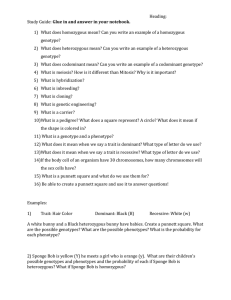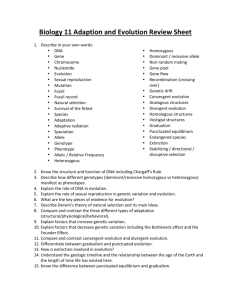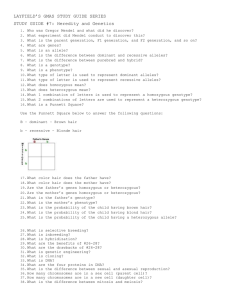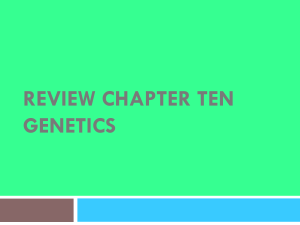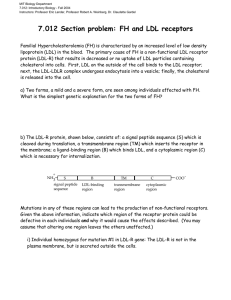Co-Dominance Inheritance Pattern Homework
advertisement
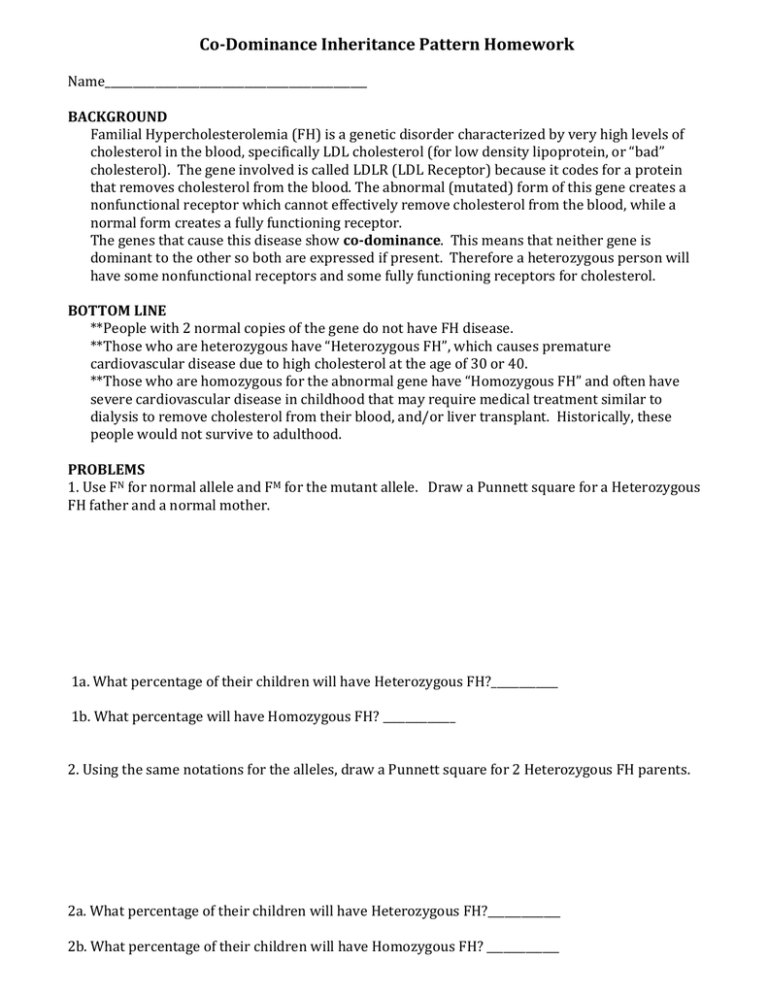
Co-Dominance Inheritance Pattern Homework Name_______________________________________________ BACKGROUND Familial Hypercholesterolemia (FH) is a genetic disorder characterized by very high levels of cholesterol in the blood, specifically LDL cholesterol (for low density lipoprotein, or “bad” cholesterol). The gene involved is called LDLR (LDL Receptor) because it codes for a protein that removes cholesterol from the blood. The abnormal (mutated) form of this gene creates a nonfunctional receptor which cannot effectively remove cholesterol from the blood, while a normal form creates a fully functioning receptor. The genes that cause this disease show co-dominance. This means that neither gene is dominant to the other so both are expressed if present. Therefore a heterozygous person will have some nonfunctional receptors and some fully functioning receptors for cholesterol. BOTTOM LINE **People with 2 normal copies of the gene do not have FH disease. **Those who are heterozygous have “Heterozygous FH”, which causes premature cardiovascular disease due to high cholesterol at the age of 30 or 40. **Those who are homozygous for the abnormal gene have “Homozygous FH” and often have severe cardiovascular disease in childhood that may require medical treatment similar to dialysis to remove cholesterol from their blood, and/or liver transplant. Historically, these people would not survive to adulthood. PROBLEMS 1. Use FN for normal allele and FM for the mutant allele. Draw a Punnett square for a Heterozygous FH father and a normal mother. 1a. What percentage of their children will have Heterozygous FH?____________ 1b. What percentage will have Homozygous FH? _____________ 2. Using the same notations for the alleles, draw a Punnett square for 2 Heterozygous FH parents. 2a. What percentage of their children will have Heterozygous FH?_____________ 2b. What percentage of their children will have Homozygous FH? _____________





